
Updated with corrected funding amounts and elevation stats.
If you don’t know where Manitoulin Island is located, that’s ok — I didn’t either. In fact, the 1,068 square mile island in Lake Huron is often omitted from provincial maps of Ontario, of which it is a part.
Manitoulin — the largest freshwater island in the world — is home to 13,000 full-time residents, and about half of its population is indigenous. While the island currently has a few twisty, tight, classic singletrack trails, no purpose-built mountain bike trails exist.
That’s all about to change in 2025 with the construction of the North Channel Bike Park.
“This island has everything — gorgeous beaches, endless water access, incredible fishing — but mountain biking was the missing piece,” said Steven Martin, Project Coordinator for the North Channel Bike Park. “Just like a community needs soccer fields and skate parks, it needs trails. It’s time for Manitoulin to catch up.”
Bike trails coming to an abandoned ski area
The 80-acre site for the North Channel Bike Park was once a downhill ski area, but it hasn’t operated in years. The remnants of the old lift cling to the steep hillside, which boasts an impressive amount of vertical drop for an island in Ontario: about 300ft. The planned flow trails will make the most of this elevation.
The land is owned by the Manitoulin Nordic Ski Club, and the bike trails will begin near the existing chalet. However, the Nordic ski trails all stick to the flat terrain, so there won’t be any significant overlap between the two networks. While there are some existing hiking trails on the hillside, the new bike trails will avoid the hiking trails to keep trail users separate.
Manitoulin’s first flow trails
The plans call for 5km of flow trails to be built for beginner, intermediate, and advanced mountain bikers. In addition, since there will be no lift access, a climbing trail will be constructed to reach the top. Riders will also enjoy a pump track in the base area.
“We’re probably talking some buffed-out berm kind of flow, maybe a couple of tabletops, nothing too extreme,” said Martin. “So, kind of a more wheels-on-the-ground type of experience.”
“It’s going to be more of a family-friendly, safe kind of place,” he continued. “It’ll give that experience of fast and flowy, but definitely not [any] big hip jumps or drops or anything like that.”
Martin clarified that while there will probably be a few jumps sprinkled on the trails, they won’t be dedicated jump runs in the traditional sense.
In the future, Martin hopes that another skills area and some cross-country singletrack can be added to the park, but these aren’t planned for the 2025 development.
Insurance challenges
One reason the bike park won’t build big features is due to insurance challenges inherent in Ontario. To meet insurance requirements, the bike park must also be staffed, with dedicated open (and closed) hours.
“The insurance in Ontario is quite a bit more difficult than out where you are [in Colorado],” said Maja Mielonen, President of Manitoulin Island Cycling Advocates (MICA), and one of the key players who shepherded the bike park from idea to execution. “So we have to dot all our I’s and cross our T’s. It’s going to be heavily signed and secured.”
“That’s why we’re focusing more on this family-friendly, accessible style of park,” Martin added.
Funding and build timeline
MICA has raised $250,000 CAD to build the park. At this time, they aren’t legally allowed to disclose all of their donors. But Mielonen told me they’ve had massive community buy-in to the project.
“We have a local high school where all the high school kids go, and there is a mountain bike park group there. The high school principal is also pro-mountain biking, so we got great support from there. We got support from the local municipality that is not really involved, but it is on their municipal territorial grounds, and they’re very excited about it.”
The club has contracted local Ontario builder TREADscape for the build-out, and they plan to break ground as soon as possible in the spring. While the official ribbon cutting won’t happen until 2026, Martin anticipates that the full build will be complete before the end of 2025 and that locals will have some time to ride the trails in before the snow flies.










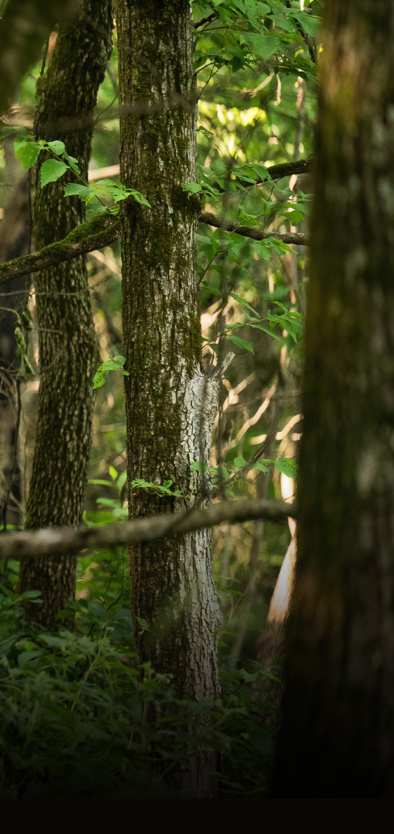

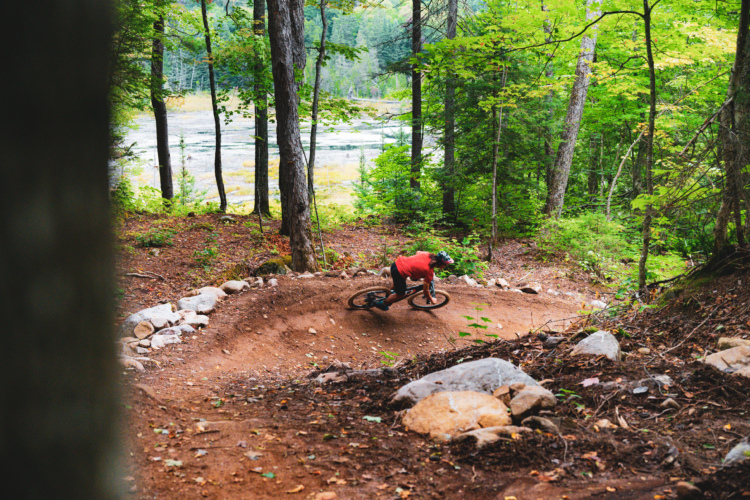
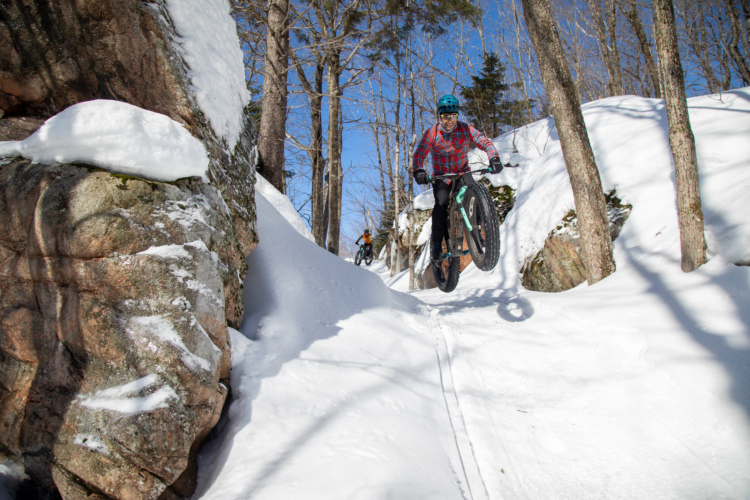


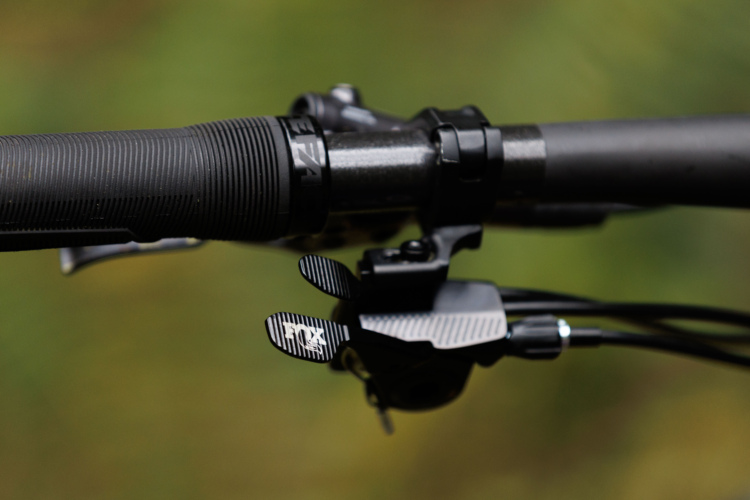

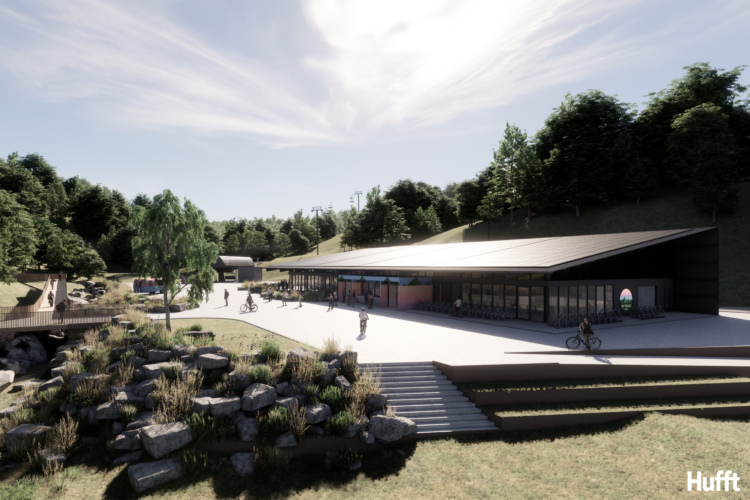

0 Comments